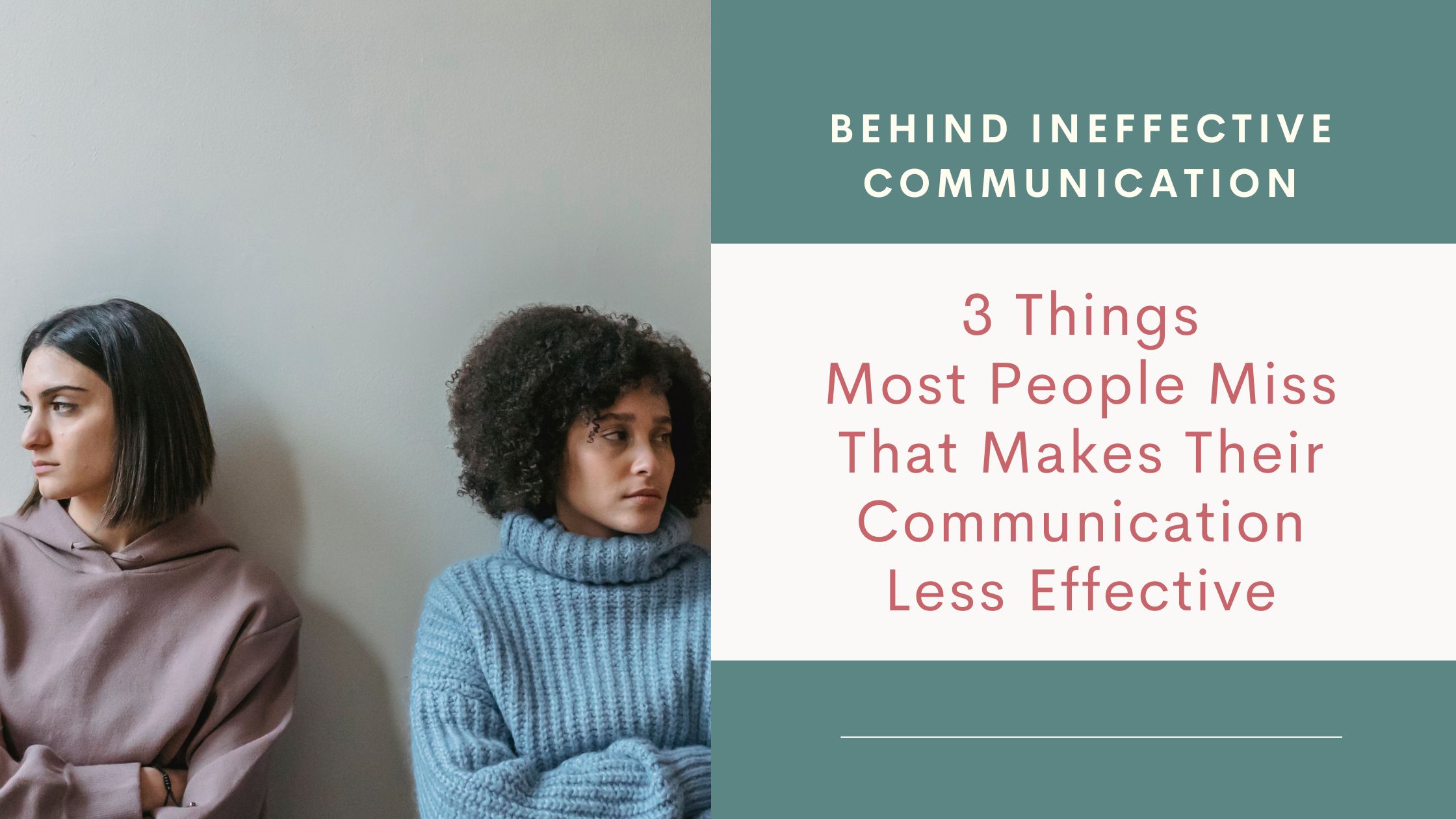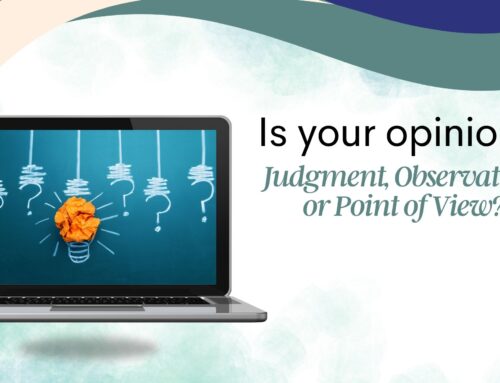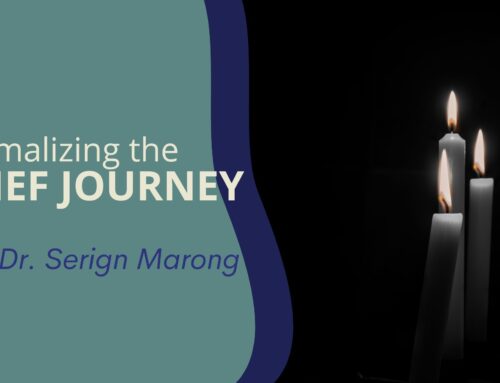
In this episode, we’ll explore three key factors that often disrupt effective communication strategies. Despite our best efforts to express ourselves clearly, these elements can create misunderstandings and weaken connections. By understanding how we listen, how we form mental representations, and how we handle difficult conversations, we can improve our ability to communicate effectively.
Key Takeaways
The Importance of Active Listening in Communication
Many people listen only to prepare their response instead of truly understanding the speaker. When we focus too much on what to say next, we risk missing the full message. Listening goes beyond hearing words—it involves paying attention to tone, emotions, and unspoken cues. By fully engaging with the speaker, we build stronger connections and reduce misunderstandings. Effective Communication Strategies emphasize the importance of active listening to ensure meaningful interactions.
The Role of Internal Representations in Effective Communication
Every time we communicate, we form mental images of what we want to express. However, our listeners create their own interpretations based on their experiences and emotions. These differences can cause confusion if we assume they understand our message exactly as we intended. To improve clarity, we must choose words carefully, check for understanding, and adjust our approach based on feedback. Effective Communication Strategies help bridge these gaps by encouraging clear and intentional messaging.
Flexibility in Communication for Navigating Challenging Situations
Emotionally charged conversations often make it difficult to stay calm and clear. Many people react defensively, which leads to misunderstandings and conflict. Instead of reacting impulsively, we can ask thoughtful questions, manage our emotions, and listen with an open mind. By staying flexible and composed, we improve our ability to communicate even in tough situations. Effective Communication Strategies teach us to remain adaptable and approach conversations with patience and understanding.
Helpful Resources
The Importance of Clarifying Communication
Effective communication isn’t just about expressing ideas—it’s about ensuring others understand them correctly. Misinterpretations happen when we assume our message is clear without verifying. Taking a moment to clarify, ask follow-up questions, and confirm understanding helps bridge gaps and prevents confusion.
Communication is Always a Work in Progress
Many people believe that once they develop communication skills, they don’t need to refine them further. However, communication is an ongoing learning process. It requires adapting to different perspectives, reading non-verbal cues, and remaining open to growth. The more we practice, the better we become at fostering meaningful conversations.
Notable Highlights:
“A lot of what we learned in our communication was implicit. It was learned by observing others and by our interactions.”
“Only 7% of language is words. The rest is conveyed through body language, tone of voice, and other non-verbal cues.”
“Communication is an ongoing learning process, no matter how much work you’ve done or how well you think you communicate.”
Follow Dr. Maiysha on Social media
Facebook: www.facebook.com/DrMaiysha
Instagram: www.instagram.com/DrMaiysha
Twitter: www.twitter.com/DrMaiysha
Youtube: www.YouTube.com/DrMaiysha
Hosted by: Dr. Maiysha Clairborne
Communication is the foundation of everything and everything happens in communication. If you’re ready to take your communication to the next level, our Communication That Transforms course dives deep into creating psychological safety, handling crucial conversations, navigating conflict, and cultivating trust in a way that truly leaves the people in your life feeling seen, heard, respected and valued. It will transform how you lead and how you show up in all of your relationships. Learn more and register at www.mindremappingacademy.com/ticc. If you are a leader and your employees or teams are struggling with team dynamics, consider taking them through our new “Communications That Transforms” group cohort.
See the full course breakdown and get a free preview of key modules to experience the value. Go to https://mindremappingacademy.com/course-catalogue and schedule a call with Dr. Clairborne at www.mindremappingacademy.com/corporate-programs










